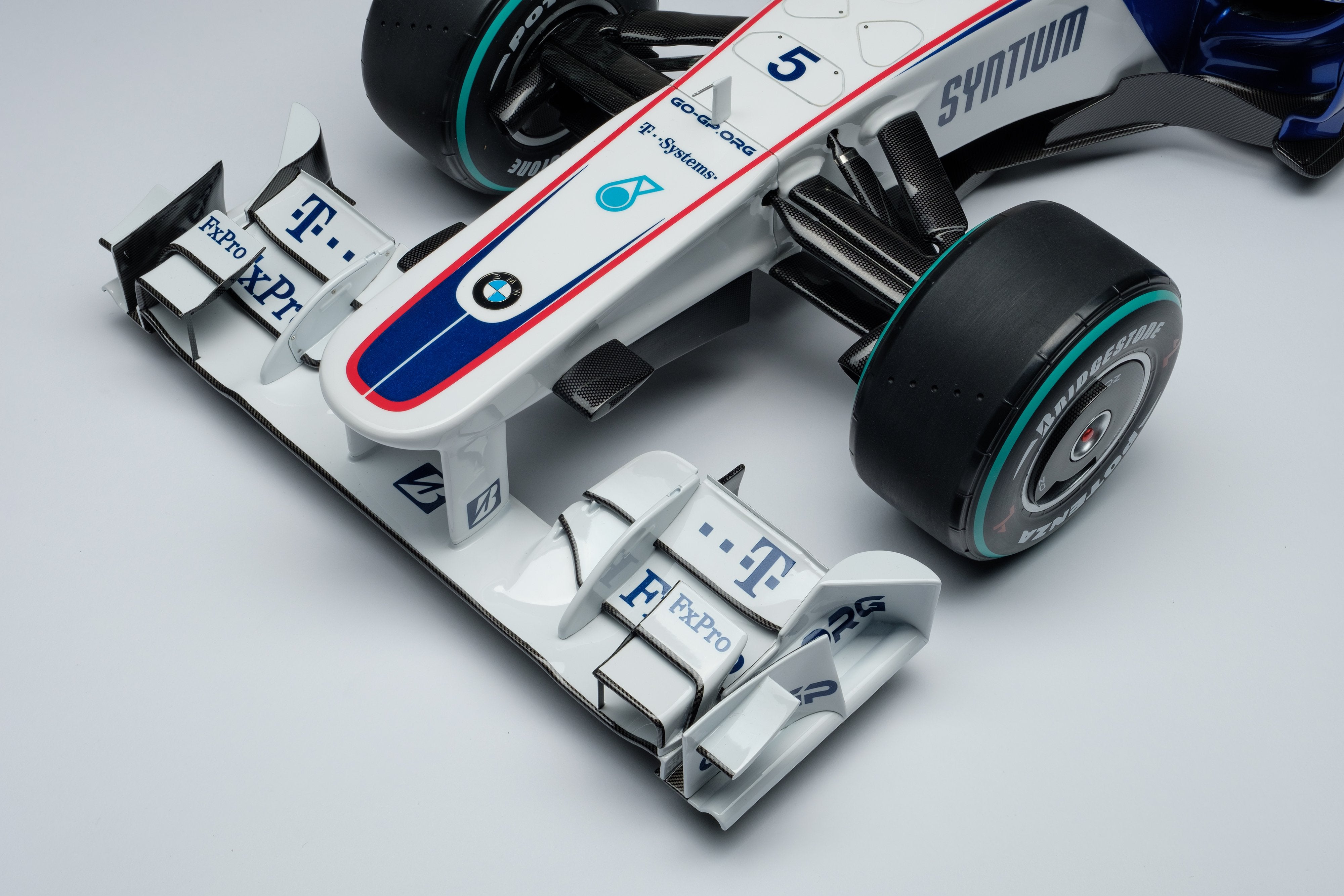Hoffman900 wrote: ↑26 Jun 2021, 19:23
I think the only way to fix this, which next year’s wing does, is to full encapsulate all the slats?
It seems to me excessive flex is going to always be inherent in how these are designed.
At the moment, the upper front wing supports are very feeble. Specifying, for example, the supports be made out of titanium alloy plate with thickness not less than 10 mm and height not less than 30mm should do quite a lot to reduce front wing flex...


Something akin to the front wing slot separator of this BMW perhaps, but fashioned from steel or titanium alloy metallic materials for extra heft?

"If it's worth doing, it's worth overdoing."

DChemTech wrote: ↑26 Jun 2021, 18:41
But it's unfortunate all this bollocks is happening. This season is set out to be fine one on track, but off track, it's just a shitshow of unnecessary, undesirable mid-season rule changes. Those should not have happened for the rear wings or front wings. If the FIA wants stiffer wings, they need to sort out their regulations before the start of a season.
Don't you find the flexible bodywork to be a genuine concern?
The rules require rigid bodywork yet techniques like those mentioned above (10mm thick wing endplates and gap separators for front and rear wing, very thick sharkfins, very thick mirror supports etc) are not employed by teams, almost as if the teams are
not attempting in good faith to produce rigid and immobile bodywork to the best of their ability...
To the contrary, one worries (instead) that teams are producing bodywork only as rigid as necessary and no more, even though the rule
expressly requires rigid and immobile sprung bodywork! Be it mirrors, sharkfins, front wing, rear wing, bargeboards -- everything should have no effort spared to be as rigid as possible.
It is a little wonder a 3 mm thick mirror support flexes noticeably, so why is the mirror support not made 10mm or 20mm thick in good faith of attempting to comply with the regulation!? One worries F1 teams are only interested in performance and lightness, as opposed to rigidly sticking to the rules (pardon the pun).
Given good faith does not work, then perhaps heavy handed regulations mandating extremely robust slot gap separators, and severe load tests for parts like mirrors and sharkfins, may be required?
As Mercedes GP have noted, flexible bodywork is a very serious issue and it would be a shame for all 10 teams to be running "illegal" cars without their best efforts at rigid and immobile sprung bodywork as opposed to bodywork made only as rigid as necessary...




